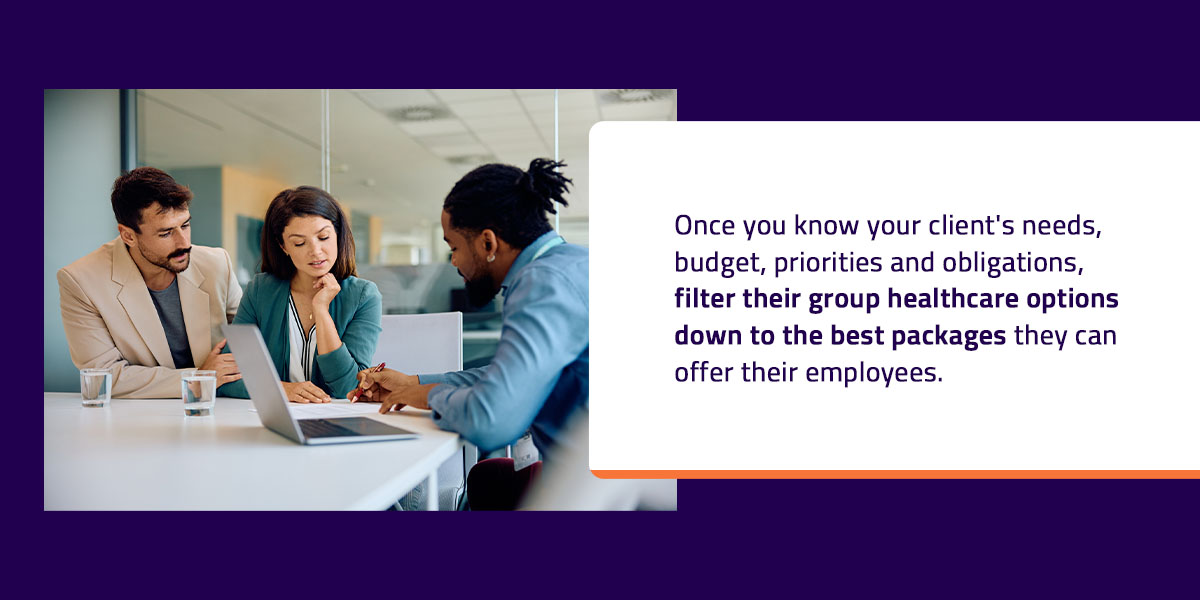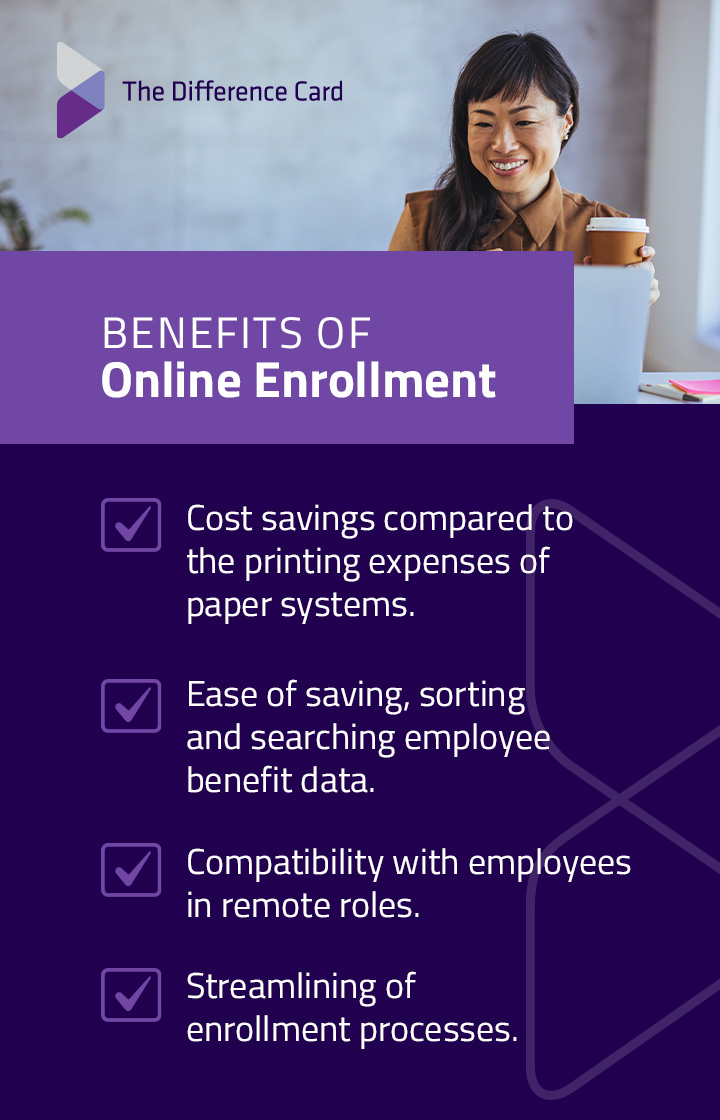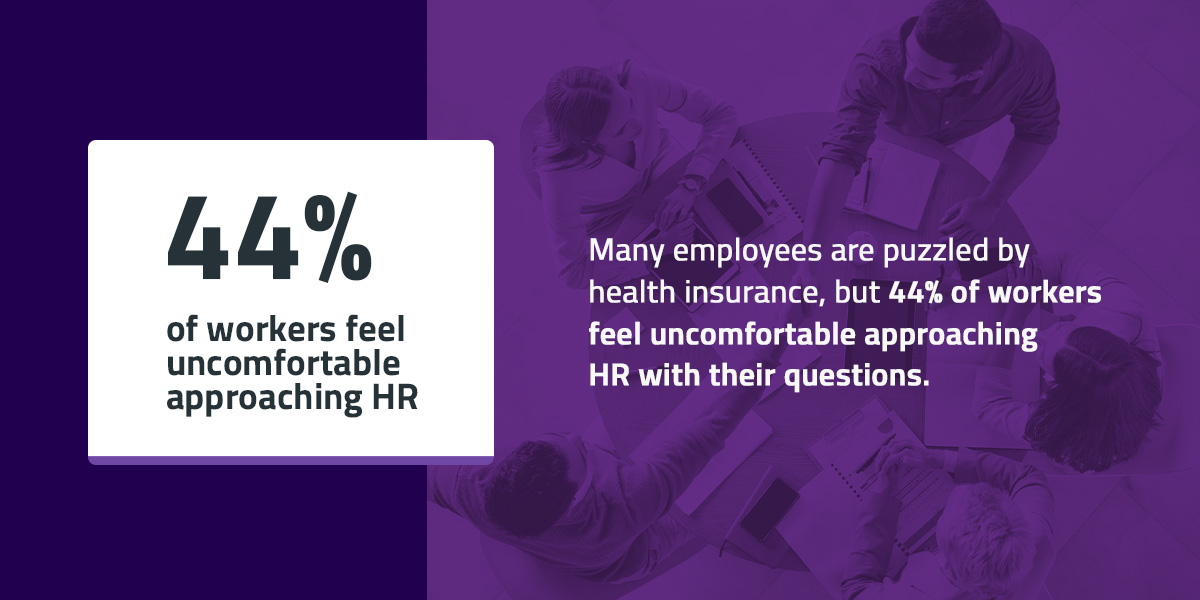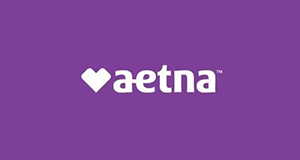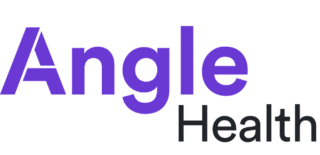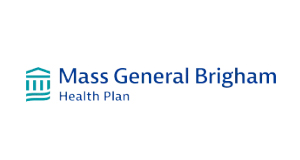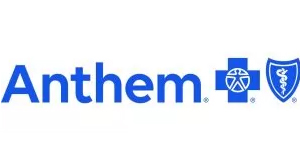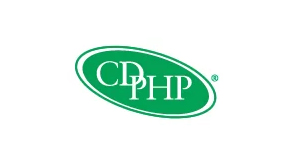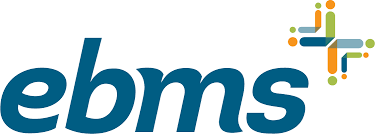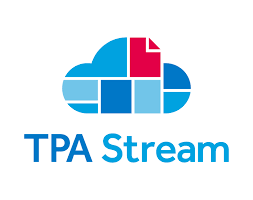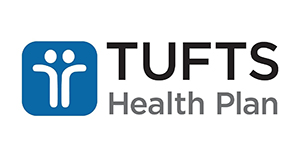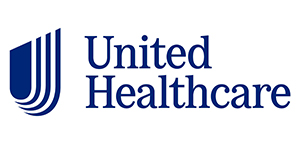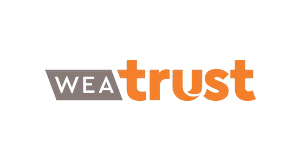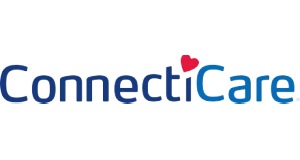
How to Help Clients Understand Open Enrollment Options
Table of Contents
Open enrollment season is an important time of opportunities and challenges for employees. On the one hand, they can enroll in healthcare solutions that improve their well-being, job satisfaction and productivity. On the other hand, they may be intimidated and confused by the range of options and how to enroll.
Nearly two-thirds of employees say their employer's healthcare offerings impact their desire to stay with or leave the company. The choices your client makes during open enrollment can have big consequences. As an insurance producer, your value proposition to clients in this position involves helping them understand the open enrollment process and get the best results from it.
Simplifying Open Enrollment for Your Clients
Your understanding of health insurance and how to navigate open enrollment make you an asset to your clients. However, satisfying and retaining clients depends on more than your industry knowledge. You need to communicate what you know in a way your clients can understand. Here are some ways to help clients understand open enrollment options.
Explain What Open Enrollment Is
Understanding open enrollment starts at ground level:
- Your clients may be new to open enrollment and not know what it is.
- They may have misconceptions and confusion about it.
- Even if they have an accurate understanding, they may need a refresher.
Explain open enrollment in simple, relevant terms. Group health insurance open enrollment is the period when employers can start, stop or change the healthcare plans they offer as employee benefits. Open enrollment also refers to the time their employees can join, leave or change between available plans. This includes medical, dental and vision insurance.
You should also clarify any useful insurance jargon related to open enrollment that they may not understand, like coinsurance, deductibles and qualifying life events.
Convey Why Open Enrollment Matters
Clients will be most receptive to your input when they know the importance of open enrollment and why navigating it wisely can be so beneficial.
Aim to shift their mentality from viewing this as something they need to “get through” to something they “get to do.” Communicate the benefits to them in clear, practical terms that connect with their priorities. For example, you could highlight the benefits of choosing the right healthcare plans, like:
- Retention
- Cost savings
- Job satisfaction
- Legal compliance
- Employee well-being
- Employee productivity
- Attracting quality new employees
Add real-world examples and testimonials about the benefits of choosing the right healthcare packages. When you make healthcare insurance clear, concrete and important to employers, you also empower them to get their employees on board.
Clarify When Open Enrollment Happens
The phrase “open enrollment season” could lead some employers to think that this always happens at the same time. Clarify the timing of the open enrollment period based on your client's situation:
- If this is their first time seeking group health coverage, they can choose any open enrollment period dates they want. Many like having calendar-year benefits that kick in from January 1, so they set their open enrollment period for the end of each year to get ready for the new year of benefits. That's why late autumn is often considered open enrollment season, though it doesn't have to be for every company. Speak to your clients about what they would prefer.
- If they already have group health insurance, their open enrollment period will be 30-60 days before the current plan's expiration date. For calendar year plans, open enrollment begins in November.
- States with their own healthcare exchanges set dates for open enrollment, so check and communicate state-specific dates to your clients.
- Employees usually have two to six weeks to enroll in the months leading up to the benefit start date.
- Your clients' HR departments should prepare to support employees switching benefits packages outside the open enrollment period if they have a qualifying life event, like marriage, childbirth or loss of coverage from a spouse.
Walk Clients Through the Process
Since rules and application forms differ between states, you'll need to help your clients understand the process in their state. Communicate it to them as a series of steps you can walk them through.
Provide a list of the forms they must complete and help them gather all the necessary information and supporting documentation. For example, many of your clients will need to complete an Employer Application to enroll in group healthcare. This form will ask for information like:
- Employee count
- Designated contact person
- Existing benefits and coverage
- The threshold for benefits qualification
Your goal should be for clients to see you as a partner throughout the process, from understanding their options to implementation.
Empower Compliance
Help your clients comply with regulations and reporting standards from the Employee Retirement Income Security Act (ERISA), and bring them up to speed with the Affordable Care Act (ACA) and any other local or state legislation that impacts their open enrollment decisions.
For example, your client's group health insurance choices must fit with the ACA Employer Shared Responsibility Provisions, also called the Employer Mandate, if they have at least 50 full-time employees. The Employer Mandate requires them to provide:
- Health insurance to at least 95% of their full-time employees.
- Health coverage that meets minimal essential requirements for their employees.
- Healthcare insurance that meets the ACA and Internal Revenue Service (IRS) affordability standards.
The minimal requirements include covering hospital care and doctor services. The employer needs to cover at least 60% of the cost of this coverage.
Affordability standards are based on a percentage of the employee's household income. The percentage varies each year, so check the latest IRS updates and share the information with your client. If they don't know the employee's household income, they can calculate affordability based on the employee's wages or other measures that the IRS recognizes as “safe harbors” for affordability.
If your client doesn't fulfill these requirements, they will be liable for financial penalties set by the IRS. These penalties are multiplied by the number of employees in the company, so they can become very hefty.
Compliance is a key dimension of a successful open enrollment season. As your clients already have plenty of financial and HR regulations to navigate, providing support in this area will give them peace of mind and add value to your service. Confirm all the standards that apply to your client, and distill these into simple, practical compliance checklists you can go through together.
Lay out Flexible Coverage Options
Once you know your client's needs, budget, priorities and obligations, filter their group healthcare options down to the best packages they can offer their employees.
Identify key information about each policy, like the costs, what it covers, and its participating doctors and hospitals. Help them weigh each policy's pros and cons. They should make the final decision, but offer your expert advice.
When gathering options, consider the client's situation. For smaller clients, you may need a single policy that best aligns with their priorities and serves their employees. For larger clients, you could encourage them to present a flexible suite of options to meet their employees' diverse needs and preferences.
Personalize Offerings
Today's workers increasingly value personalization over one-size-fits-all offerings. Help your client tap into these feelings by explaining how they can incorporate voluntary benefits into their offerings.
Your client can offer multiple tiers of coverage, each with a core plan and additional voluntary benefits. Examples of voluntary benefits could include dental, vision or life insurance. Voluntary benefits empower employees to choose the benefits they value most.
By presenting these options to your client in an understandable way, you help them give their employees the freedom to choose healthcare benefits that fit their individual priorities. This leads to healthier, happier, more motivated employees. Improving employee engagement through personalization bodes well for your client's success and satisfaction with your service.
Present Employee Enrollment Method Choices
Advise your clients on the enrollment methods they can offer to their employees. When it's time for employees to sign up for benefits, there are a few ways they could do so:
- Online enrollment
- Paper enrollment with printed forms
- Hybrid enrollment systems that combine both
- Flexible enrollment that allows employees to choose either
Hybrid or flexible enrollment options can make sense in companies with a wide age range in their workforce. Most companies will benefit from digitizing their employee healthcare enrollment process.
Benefits of online enrollment include:
- Cost savings compared to the printing expenses of paper systems.
- Ease of saving, sorting and searching employee benefit data.
- Compatibility with employees in remote roles.
- Streamlining of enrollment processes.
Keep Pace With Trends
Corporate cultures and employee expectations evolve rapidly. The healthcare options workers want today differ from those their parents expected. For example, younger employees want healthcare to address their concerns about health issues holding them back from meaningful life experiences.
Keep your finger on the pulse of these developments and help your clients offer healthcare plans that meet expectations, enhance well-being and improve job satisfaction. Today's workforce increasingly values healthcare options with telehealth and mental health coverage.
Meeting these needs conveys that your client is attentive and in touch with the times. For their younger employees, it is especially important to signal that well-being and work-life balance matter to this company. You can help your client send that message through their healthcare options and communication strategies.
Support Healthcare Literacy
Your clients and their employees may need help understanding health insurance.
Team up with HR and educate employees about healthcare insurance and the coverage your client offers. Create or share accessible digital resources that explain these benefits in simple terms. You could also help HR develop virtual healthcare literacy workshops.
Help HR take the initiative to communicate about healthcare literacy. Many employees are puzzled by health insurance, but 44% of workers feel uncomfortable approaching HR with their questions. You can help your client proactively communicate to build employees' confidence in understanding healthcare.
Offering informative resources for employees and employers helps everyone make informed decisions and buy into the benefits.
Reflect on the Last Enrollment
If your client has been through open enrollment before, evaluate last year's enrollment outcomes with them. Ask questions like:
- How many employees did and didn't enroll?
- Did the group health cover meet expectations?
- What feedback did employees share about the enrollment process and options?
- Did employees raise any questions or points of confusion about enrollment with HR?
Armed with this data, you can help prepare strategies to improve the client's healthcare options and enrollment process. You can also create resources to help employees understand the process, their options and the benefits.
Encourage Employee Engagement
Employees at every level are important stakeholders in open enrollment decisions. Encourage your client to seek their feedback on the last enrollment and their expectations, needs, hopes and ideas for this enrollment. This requires starting the lead-up to enrollment early, but the company will benefit from employees' perspectives and a sense of shared ownership.
Use anonymous surveys to gain insights that employees may be reluctant to share with their managers. Help your client acknowledge and work with the responses. Employees are more likely to respond positively to the enrollment and feel satisfied with their healthcare if their employer has actively sought and recognized their input.
Implement Multichannel Communication
We've emphasized the importance of communication with employees. Employees need proactive communication from HR and team leaders to understand their options, give meaningful input and make informed decisions. This need represents another opportunity for you to guide your client through open enrollment. You can support them in setting up multiple communication channels between HR, management and staff.
Multichannel communication is especially helpful for including remote workers and employees with different comprehension styles. Help your client open communication channels through in-person touchpoints and virtual platforms. Each employee should have multiple convenient contexts to receive information, ask questions and share perspectives.
Communication channels your client could use include:
- Emails
- Digital presentations
- In-person presentations
- Multimedia informational websites with FAQs
- Paper brochures and information sheets
- Social media platforms
You can capitalize on several of these channels to communicate with your clients and help them communicate with employees.
Be Responsive
Understanding and implementing open enrollment options can be challenging for employers. Your client has the advantage of your expertise and support. Help them feel they can ask you any questions about the options you present to them and how they, in turn, can present these to employees.
Unlock Healthcare Savings for Your Clients With The Difference Card
As a group healthcare insurance producer, you satisfy your clients by presenting cost-effective insurance solutions that suit their priorities. The Difference Card helps you save them money while maintaining access to flexible, quality benefits.
We provide several healthcare and benefits solutions to maximize savings, flexibility and peace of mind for your clients. Since 2001, The Difference Card has saved employers an annual average of over 18% on healthcare costs. Our Medical Expense Reimbursement Plan (MERP) allows employers to build multiple member plan designs from a single underlying carrier plan. This is a simple, cost-effective way for your client to offer their employees personalized choices.
Ranked in the top percentile for healthcare insurance customer satisfaction, The Difference Card is your partner in success. Help your clients see the difference between you and other producers, and offer unbeatable value with The Difference Card.
Request a proposal to become a Difference Card partner today.

